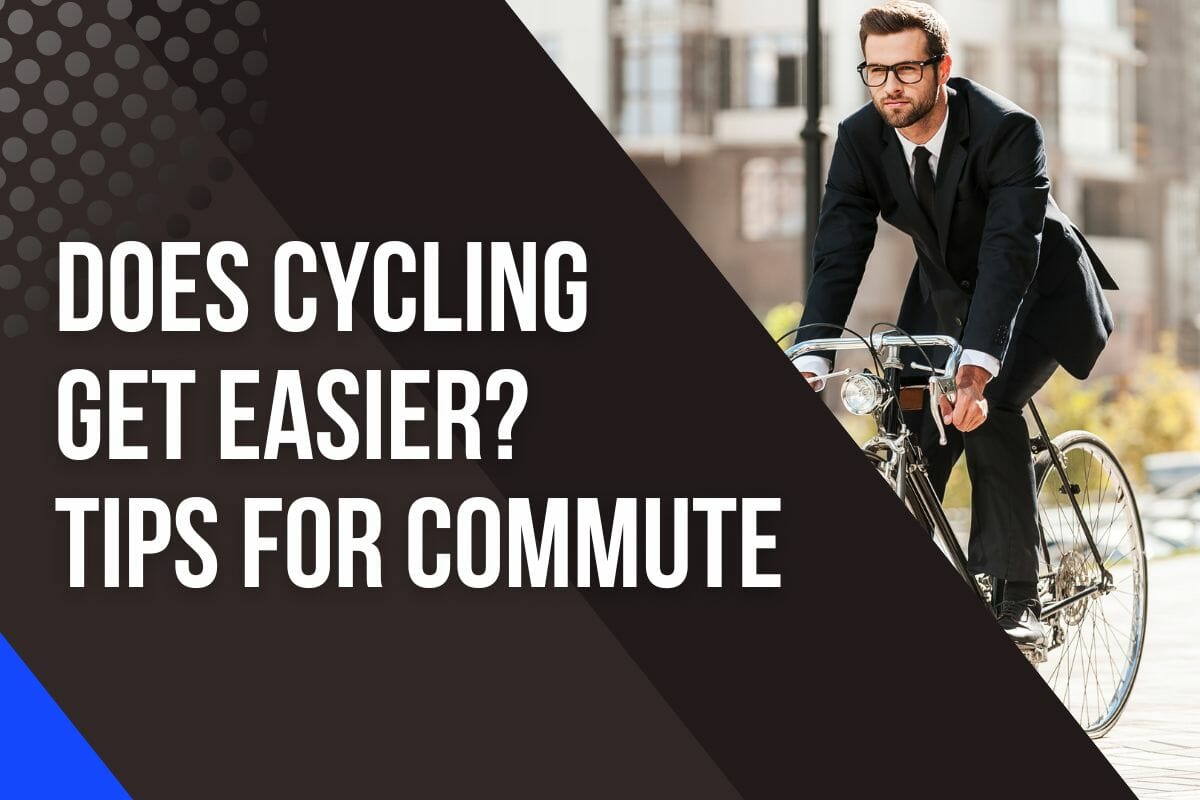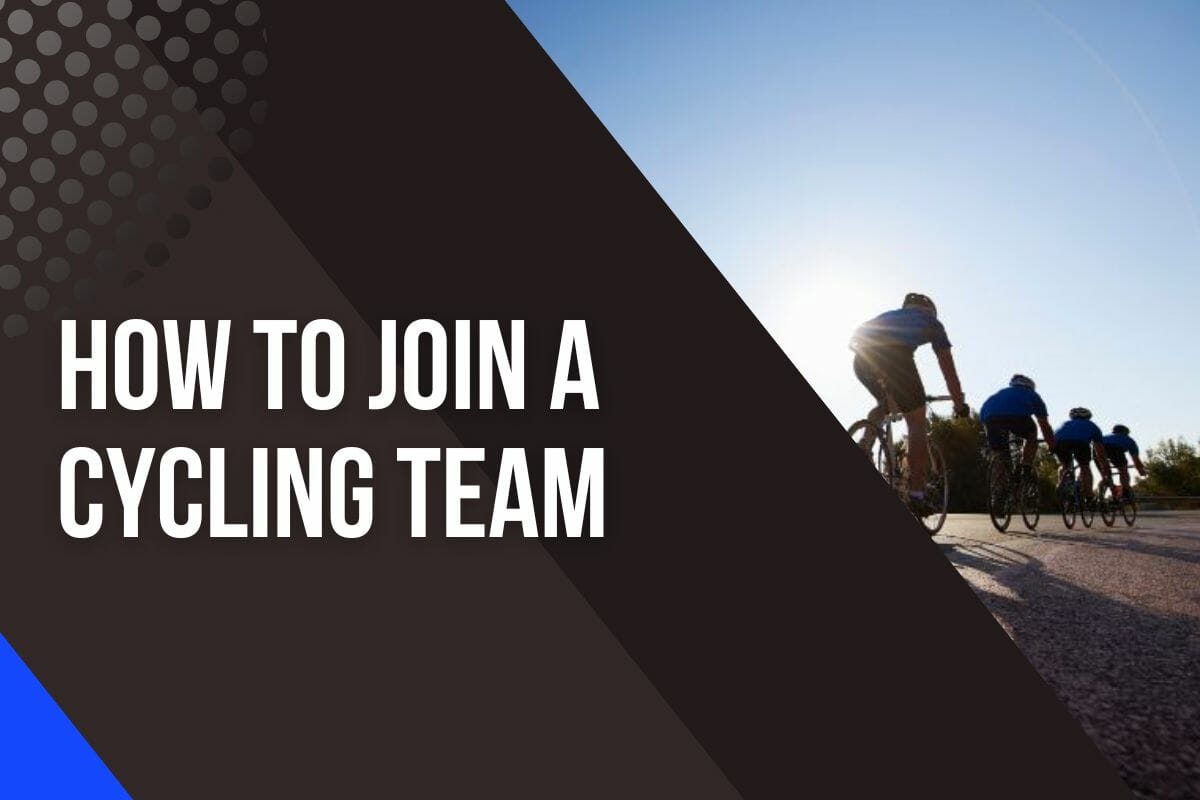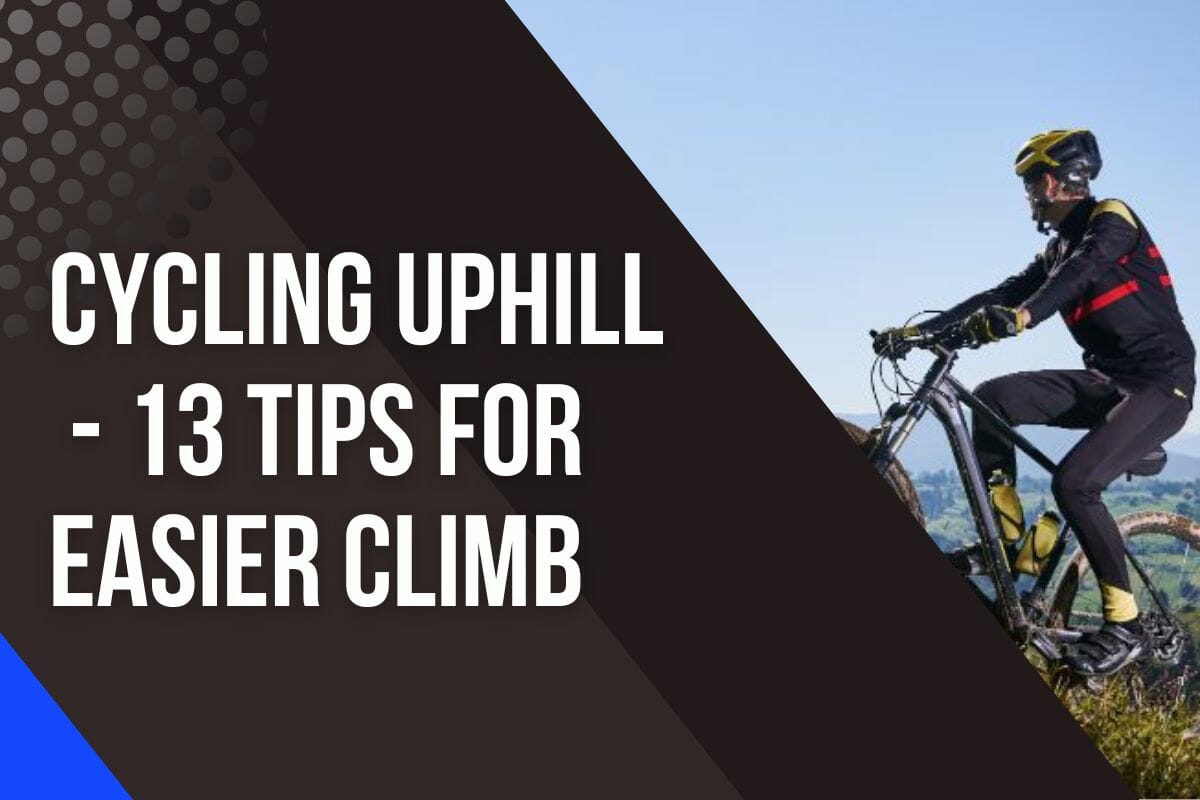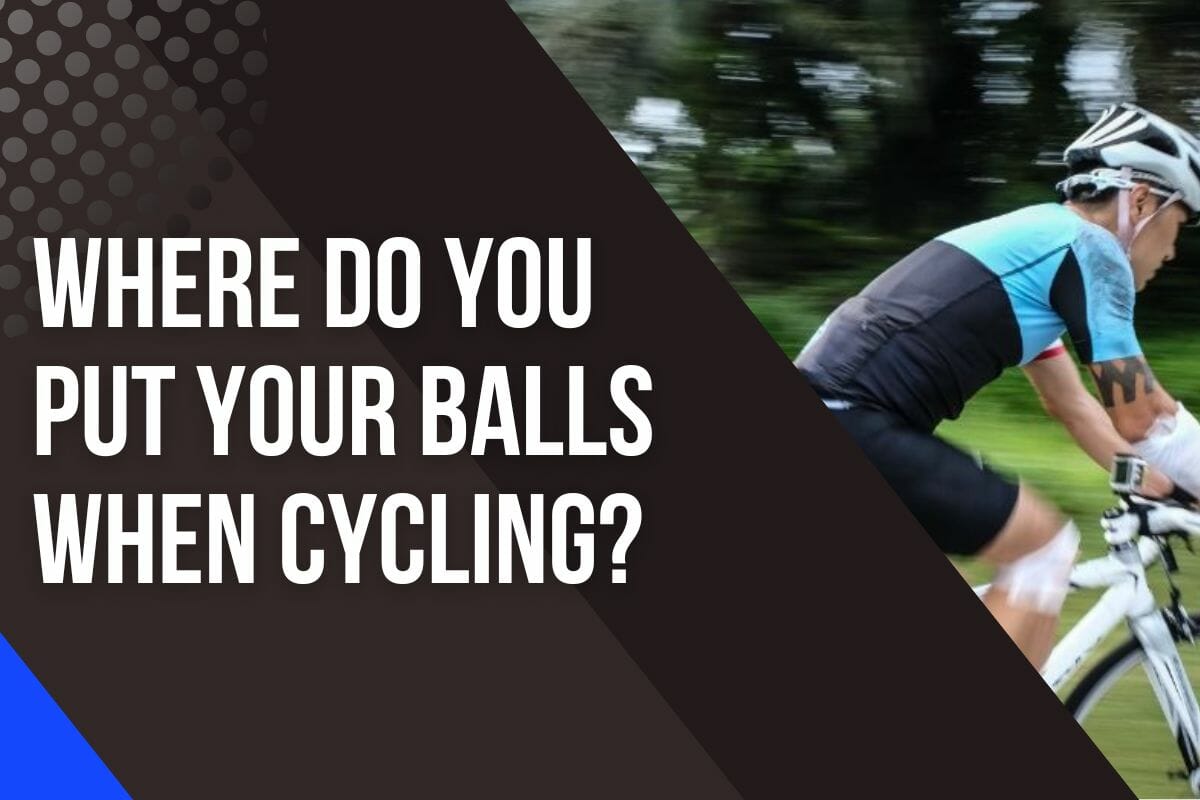Why Does Cycling Hurt My Bum? Tips To Prevent And Treat Saddle Sores
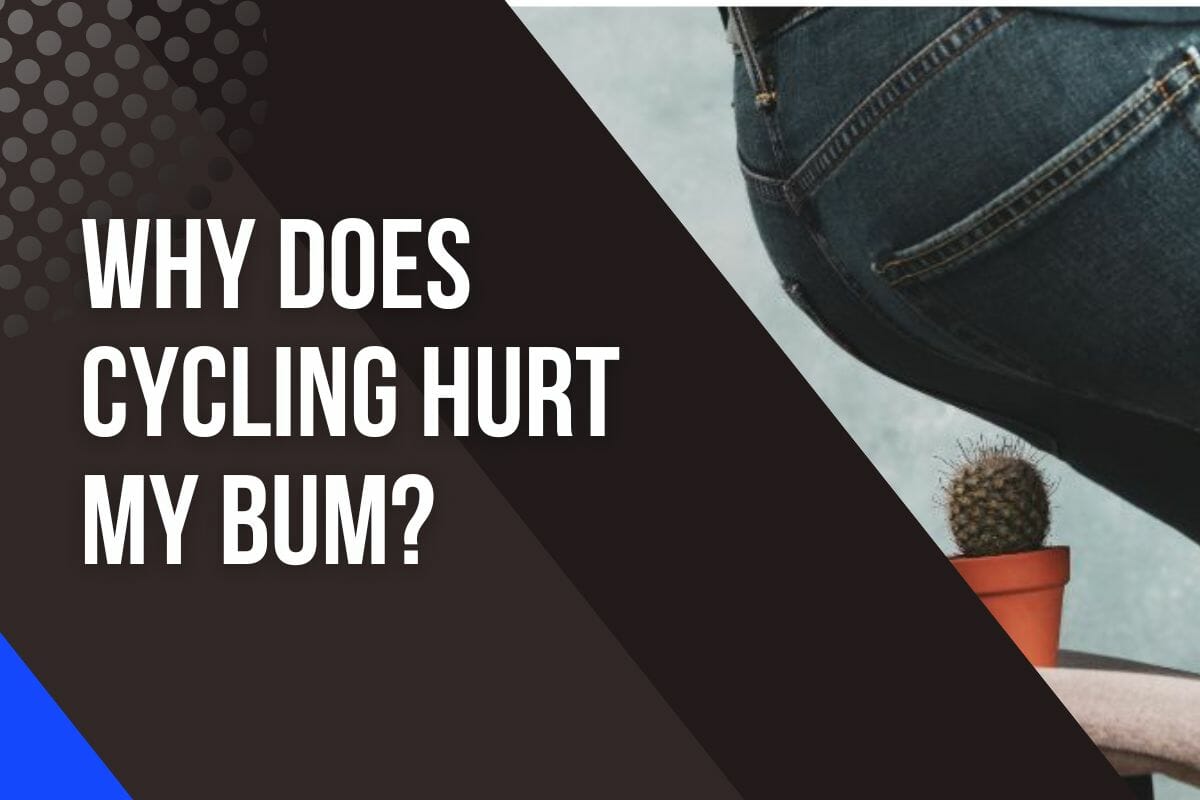
Have you ever felt a soreness or pain in your bum after cycling?
It’s not uncommon for cyclists to experience this sensation, and it can be quite uncomfortable.
But why does cycling hurt our bums so much?
From saddle sores to inner thigh skin chafing, cycling can leave you with a sore bum and an unhappy rider.
But don’t let this keep you from your passion: there are easy solutions to stop your bum from hurting when cycling.
In this article, we will explore why cycling hurts your bum, easy ways of preventing it, and how to treat a sore bum from cycling for good.
So if you’re ready to hit the roads without the pain, read on!
Saddle Sores: Your Bum’s Worst Enemy
Saddle sores are a common and potentially painful condition that can affect cyclists of all levels.
They occur when the friction between the rider’s body, clothing, and saddle becomes too great.
Symptoms include redness, chafing, blistering, or open wounds in areas where skin comes into contact with the bike, usually on the buttocks, genitals, and inner thigh areas.
Saddle sores may be caused by an ill-fitting saddle, improper pedaling technique, or inadequate padding on your seat.
You’re Not Used To Cycling Long Distances
Cycling long distances can be a daunting task for those who are not used to it.
Riding your bike on a regular basis is quite different from the occasional mountain or beach biking trips we take as children or during our summers growing up.
Without regular cycling, our bodies are ill-equipped to handle the pressure and weight on our glutes and lower back which come with sitting in that same position for long stretches of time.
This can lead to discomfort and even pain, making progress harder than ever.
Don’t let this stop you from its amazing benefits though.
Many cyclists report that the discomfort fades as their bodies adjust and become more accustomed to the activity.
If you’ve been consistently riding for less than six months, give it a little time before calling it quits.
You’re Sitting On Hard Rock Saddles
Having the right saddle is essential for a comfortable ride.
Unfortunately, many cyclists experience pain in their bums from hard bike saddles.
The problem with most stock saddles that come with bikes is they are often too narrow or have insufficient padding – leading to an uncomfortable ride.
This is because you’ll be placing your full body weight on a very small area—the saddle!
If the saddle is too firm, curved, or too small, then this could cause unnecessary pressure and discomfort in the wrong areas of your backside.

Also, if your saddle isn’t positioned correctly on the bike frame, you may end up sitting at an awkward angle which only adds to the discomfort.
Finding a good saddle requires research and experimentation because some saddles may be great for someone else but not suitable for you.
We all have different body shapes, cycling experience levels, and postures which ultimately play into finding the right bike seat.
The key is to experiment with various types until you find one that fits correctly.
4 Areas Around Your Bum That Often Suffers From Pain
There are four areas around your bum that commonly suffer from cycling.
1. Bruised Bum
As an avid cyclist, I know the perils of a bruised bum all too well.
After all, it’s hard to enjoy an outdoor ride if you can’t find any comfort in your saddle.
Oftentimes, it’s due to improper bike set-up or inadequate padding that causes my bottom to suffer after a ride.
It’s not unusual to experience bruises after a long bike ride, especially if you’re new to cycling.
The best way to reduce saddle soreness is to use a well-padded bike seat.
2. Pain In Sit Bones
The first step to finding a bike seat that doesn’t hurt is understanding what causes this kind of saddle discomfort.
When cycling, our body weight is supported by two points – usually referred to as ‘sit bones’.
If these sit bones aren’t properly cushioned or don’t fit with the shape of the bicycle saddle (usually the saddle is too narrow) then they can become irritated quickly during rides leading to an uncomfortable experience for riders.
To avoid such aches and pains, researching different types of saddles can help cyclists find one that suits them best.
Wide-nosed models often provide more support and cushioning whereas narrow profiles are better suited for those who prefer less bulkiness when pedaling long distances.
There are also options available specifically designed for women which take into account anatomical differences in the pelvis area to ensure maximum comfort while riding.
Many female cyclists feel uncomfortable using unisex or male-specific saddles because their pelvis is wider than men’s, meaning wider apart sit bones.

Regardless of your gender, if you have a wide-spaced sit bone, female-specific saddles may be the best choice for you.
Another alternative is to customize your bike seat by adding a cushion or padding.
This can help to make the seat softer and more comfortable by providing extra support for your sit bones.
You can try different sizes and thicknesses of cushioning until you find one that suits you best.
Fortunately, this type of customization is relatively inexpensive and rarely takes up more than a few minutes of your time.
3. Inner Thigh And Buttocks Skin Chafing
Cycling can cause uncomfortable skin chafing on the inner thighs. Another area that is prone to chafing is your buttocks.
This is due to repetitive friction between your skin with your other skin while cycling.
Fortunately, there are some simple steps you can take to prevent this type of chafing from occurring in the first place.
The easiest way to prevent skin chafing is to wear padded bike shorts when cycling.

There will still be friction but it’s the shorts fabric, not your skin.
If you already experience chafing, I highly recommend using chamois cream as a lubricant that will stop your skin from becoming sore.
There are many great options such as Chamois Butt’r, Udderly Smooth, Assos, DZnuts Pro, and Gooch Guard.
4. Perineum Pain
Many cyclists experience pain in their perineum from time to time – and this is commonly known as cycling-related perineal pain (CRPP).
Cycling-related perineal pain is a common type of discomfort experienced by cyclists in the area between the anus and genitals (perineum) caused by the pressure of the saddle, resulting in chafing, infections, and even ulcers.
Genital numbness is also a common symptom of perineal pain caused by cycling.
It is important for you to be aware of the risks and learn how to best prevent them.

Various factors contribute to CRPP, including saddle design, bike fit, posture on the bike, clothing choices, and pedaling technique.
The most common cause of cycling-related perineal pain is improper positioning on the bike seat.
If you are unable to comfortably sit with your spine in a neutral position while pedaling with proper knee extension then you may be at risk of developing CRPP.
How To Prevent A Sore Bum When Cycling
Cycling can be a pain in the ass.
The first step is to get your bike properly fitted and find the right saddle.
Below are 5 easy ways to prevent a sore bum from cycling.
Adjust Your Bike
If your bum hurts after cycling, it’s likely due to an improper bike fit or saddle adjustment.
The first step in fixing this problem is to adjust your bike so that you have the right posture while riding.
Here are a few key adjustments that can help:
- Adjust the seat height – Make sure the saddle is at the correct height for your body type and position on the bike.
- Check your handlebar reach – Ensure that your arms are not too stretched out when gripping the handlebars. Open shoulders and knees slightly bent will allow you maximum control of the bike while reducing pressure on sensitive areas such as your pelvis or rear end.
- Position of the saddle – Adjusting the tilt of your saddle relative to its position on the frame can make all the difference in comfort level.
Take Up All The Space On The Saddle
Taking up all the space on your saddle is essential for comfortable cycling.
It’s important to keep your weight spread evenly across the saddle so that no excessive pressure points are created.
To spread out the pressure from your weight, you need to create room on the saddle by taking up as much of it as possible.

This means keeping your bum positioned toward the middle of the seat and making sure your upper body is supported by your arms rather than resting on the handlebars.
It’s also a good idea to shift positions occasionally during longer rides in order to reduce any pressure you may feel on certain areas of your body.
Use Padded Shorts And A Padded Seat
If you take up all the space on your saddle but still find yourself feeling uncomfortable while cycling, then it may be time to invest in some padding solutions.
Padded shorts and a padded seat are both great options for reducing pain when riding.
It has certainly helped reduce the amount of pressure applied to certain parts of my butt when cycling, which has gone a long way toward reducing any discomfort afterward.
Padded shorts have been designed specifically with cyclists in mind; they feature extra cushioning around key areas such as the sit bones, which can reduce discomfort by absorbing shock from bumps and vibrations during rides.

They also provide support to help keep your hips properly aligned while you ride.
Bike shorts come in a wide variety of shapes, sizes, and styles, but one thing they all have in common is the addition of a chamois – a layer of padding, typically gel, stitched into the lining of the shorts.
Men can find great padded cycling shorts, while ladies can opt for the baggy style with padding. For those who prefer a tighter fit, spandex or lycra padded bike shorts are a great option.
When choosing bike shorts look for those with padded panels made out of materials like Gelmax or Viscose Lycra wicking fabrics that provide optimum shock absorption, moisture management, and breathability for extended riding periods.
Other features like gel inserts or thin memory foam pads can also help maximize comfort levels when cycling.
Padded bike underwear is an alternative option – and they look a lot like tight cycling shorts. They can be worn underneath regular shorts or pants.
You’ll be amazed at the difference padded cycling gear can make.
A numb rear end is not something you want to deal with when cycling and extra padding in this area can make the bike seat far more comfortable.
A padded seat is another good solution if you’re looking for added comfort while cycling.
These seats usually consist of a butt cushion made from foam or gel-filled material that helps absorb shocks and vibrations from bumpy roads and trails.
Saddle cushions can also add padding throughout the entire length of your seat, helping to evenly distribute pressure away from sensitive areas like your tailbone and lower back.
Bring Your Core Into The Mix
Activating your core and bringing it into the cycling experience is a great way to reduce pressure on your bum and lower back.
Doing simple exercises such as engaging your abs, tightening your glutes, and lifting the chest can help you gain more control over the rest of your body while riding.
This helps create a stronger posture and puts less strain on various areas.
Additionally, regularly lifting the lower body off the saddle for a few seconds with each pedal stroke allocates more power to the forward motion instead of just providing stability as a whole.

Moreover, this will reduce fatigue in different parts of your body when performing longer rides while maintaining an efficient power output over time.
Implementing core exercises like sit-ups or planks into your regular routine also strengthens these muscle groups hoping to give you an overall better cycling experience.
Being able to bring just these small yet important components into everyday rides can make all the difference when it comes to remaining comfortable throughout longer periods on two wheels!
Take Care Of Yourself
I know it can be tempting to try and ride through the pain, but self-care is essential when it comes to cycling with a sore bum.
After all, you wouldn’t continue running if your legs were in agony – so why should cycling be any different?
Taking baths with relaxing bath salts can help ease the pain and provide some much-needed relief.
Gentle stretching after a ride or throughout your day can also help release any tension held in the muscles and ice packs can be useful when a direct application is needed.

It’s also worth bearing in mind that if such conditions become a recurring issue, it may be better to take a few days off from cycling to give your body time to rest and repair itself.
Remember – your health always comes first.
Listening to what your body needs is essential for keeping up with any challenging fitness regimes – whether you’re cycling or doing something else entirely.
Final Thoughts
It’s normal to experience some discomfort when cycling, especially if you’re new to the activity.
You should consider the type of bike you’re riding—some styles may put extra strain on your lower body, leading to more discomfort during rides.
Numbness in your bum while cycling isn’t uncommon but shouldn’t be ignored; it might indicate an underlying issue like poor posture, a saddle too narrow, or an incorrect bike fit.
Make sure that your bike is fitted properly. Always wear padded bike shorts with chamois cream whenever you go for a long ride.
